 |
 |
 |
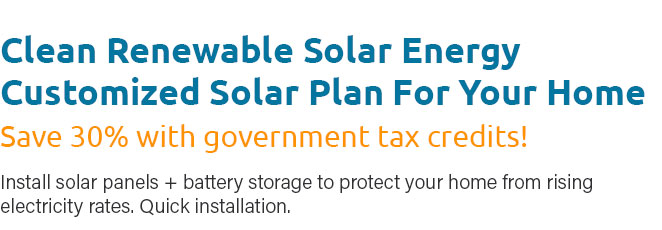 |
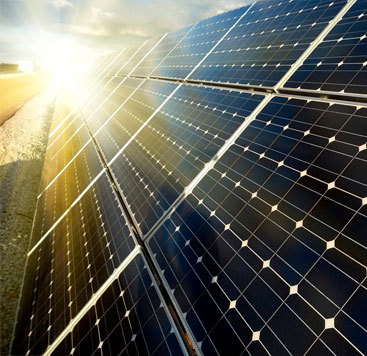 |
 |
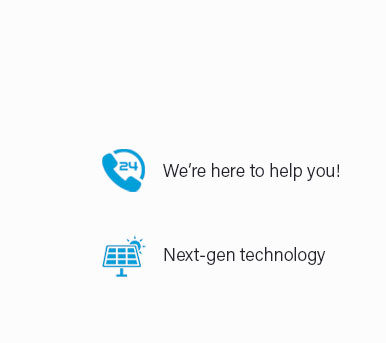 |
 |
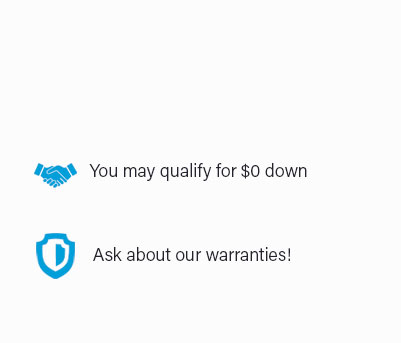 |
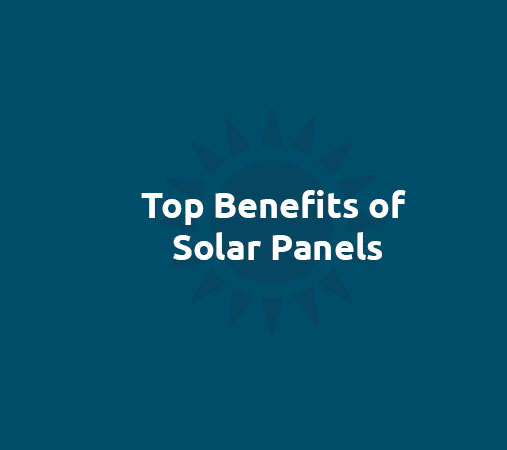 |
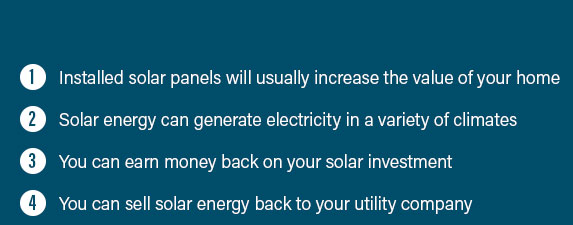 |
 |
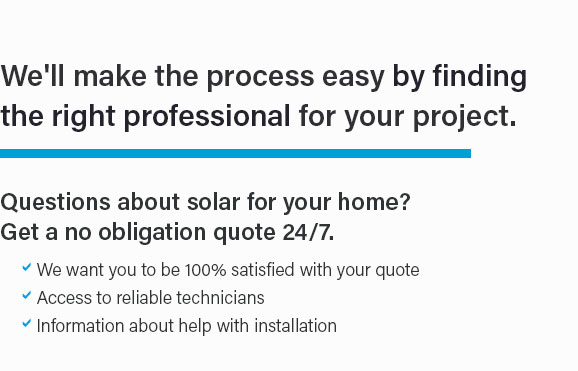 |
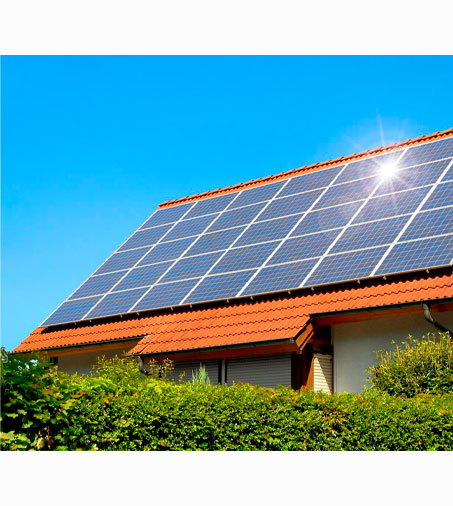 |
|
 |
 |
 |
|
Unlock the power of the sun and transform your energy future with a solar panel system install-get your instant solar panels installation quote today and step into a world where sustainable energy meets significant savings, all with the assurance of top-tier technology and exceptional service; break free from the ordinary and invest in a cleaner, brighter tomorrow, where every ray of sunlight propels you towards energy independence and financial empowerment, because the future of energy is not just bright-it’s brilliant.
https://www.eonenergy.com/solar-panels/installation.html
First contact - Arranging your solar installation - Scaffolding and install mounts fitted - Solar panels, inverter & battery installed - Connect the system to the ... https://unboundsolar.com/blog/step-by-step-diy-solar-installation?srsltid=AfmBOopQSVvjnUHsISMgGTfdXLfzSPUUXZw1QDQ-c5rknhMzuAy3bTPN
We've created a comprehensive, step-by-step solar panel installation guide to help you through each stage of the solar installation process. https://www.familyhandyman.com/project/off-grid-solar-power-system/?srsltid=AfmBOooV2CATD5b6CZ380H1vcWuJPy48HOLH84xdX5M9_8dvBVcRf-9K
A compact off-grid solar array is a fantastic solution for RVs and campers, and can be an easy way to run power to an outbuilding.
|